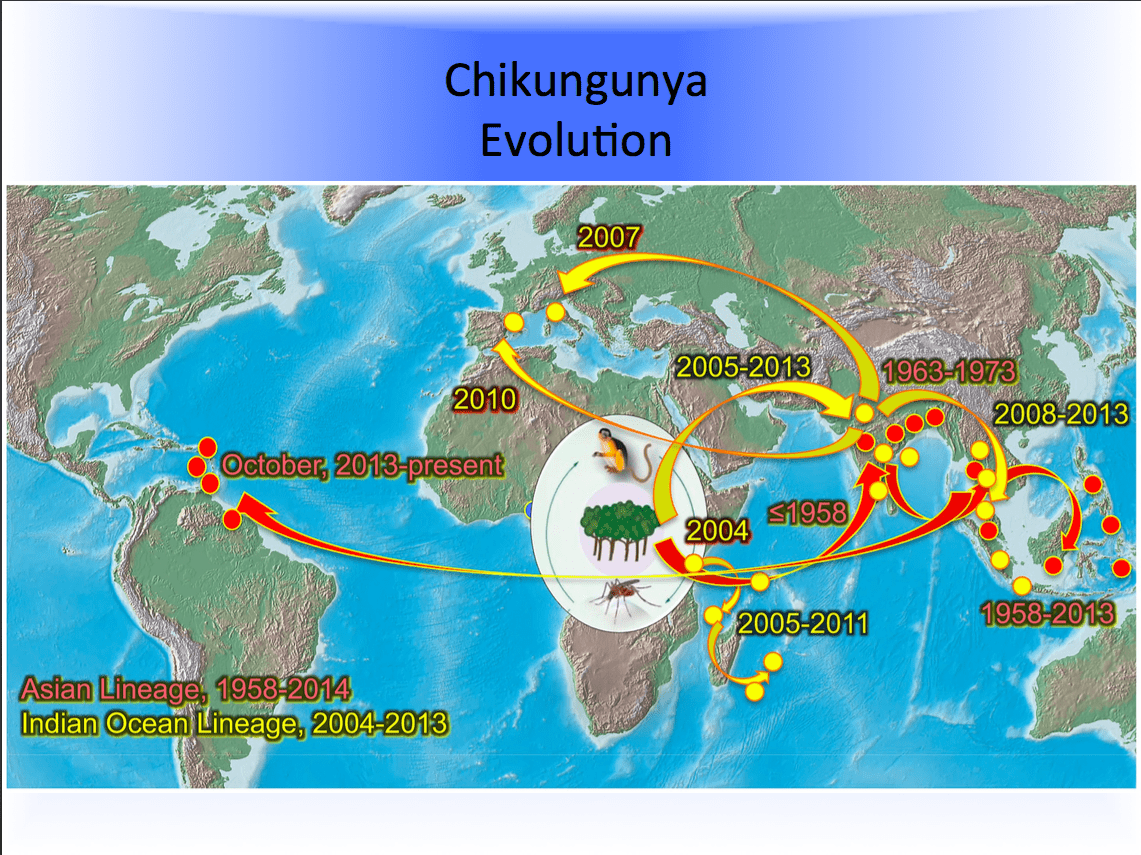This year the massive rains have affected our gardens and the animals that inhabit our outside world. Since the mosquito population is expected to be significantly higher this spring and summer season, it’s probably a good time to prepare for the North Texas mosquito and insect season.
Avoidance Measures for Mosquitoes and Insects
Any of these bugs can cause harm: insects, spiders, ticks, scorpions, caterpillars, moths, butterflies, centipedes, millipedes and grasshoppers.
Bites: spiders, caterpillars,
Stings: ants, bees, scorpions Secretions: millipedes, caterpillars.
Normally, we are worried about just the itch caused by the mosquito and the possibility of the bite getting infected. But in just the past two years some of the unusual and dangerous illnesses transmitted by mosquitoes are closer to home. One example is Dengue in the U.S. Dengue occurred extensively prior to 1945, but over the past 3 decades it has again appeared in Florida, Hawaii, and Texas. The most recent cases in Texas have been primarily in Southern Texas, but the closest to us was identified in Austin.
 Another prime example is Chikungunya, which only a few years ago was seen only in Africa. As of 2013 confirmed cases occurred in Europa and more recently in the Carribean islands, Puerto Rico and U.S. Virgin Islands. In Texas, as of May 2015, we have had seven travel associated cases reported.
Another prime example is Chikungunya, which only a few years ago was seen only in Africa. As of 2013 confirmed cases occurred in Europa and more recently in the Carribean islands, Puerto Rico and U.S. Virgin Islands. In Texas, as of May 2015, we have had seven travel associated cases reported.
West Nile Fever, also transmitted by infected mosquitoes, has come to Texas as well. In 2013 we had 183 reported and confirmed cases.
It has frequently been stated that dengue, malaria, and other mosquito-borne diseases will become common in the U.S., based on predictive models and climate change.
Other insect-borne diseases that you may encounter are tick borne Lyme Disease, which is normally seen in the East Coast, but has come as close as the Southeastern U.S. in the past few years, including Texas with 48 confirmed cases in 2013 (plus 35 probable cases). From May through July, people get tick bites and tickborne diseases more often than any other time of year in the U.S.
PREVENTION of Mosquito and Insect Bites
It is important to consider using insect repellents containing DEET on exposed parts of the body. High concentrations of DEET, however, may cause severe skin rash.
We must be more cautious with use of DEET in children. It is best to use lower concentrations of insect repellants containing DEET for children, since larger concentrations absorbed through a child’s skin may lead to seizures and neurologic damage.
Several insect repellents that have distinct advantages over pure DEET-containing compounds are available and recommended:
- Ultrathon Insect Repellent (3M) contains 35% plus a polymer that reduces drug absorption and losses from moisture (sweating, swimming). It offers up to 12 hours of protection compared with 4-6 hours for the same concentration of DEET alone.
- Sawyer “30” Insect Repellent (Sawyer Products) contains 30% DEET which is strong enough to repel disease-causing insects while reducing chemical exposure when frequent applications are necessary.
- DEET Plus (Sawyer Products) contains 17.5% DEET and two other “numbered” compounds that, together, provide four hours of protection.
- Skedaddle! (Little Point Corp) is EPA registered for children because it contains only 9.5% DEET plus a polymer that reduces drug absorption by 72% and it provides 4-5 hours of protection.
Always apply sun-block first, then apply the repellent; sunscreen must be reapplied more frequently when using DEET based products due to decrease in SPF in combination with DEET.
Alternatives to DEET-containing products include
- Picaridin (Bayrepel)
- Cutter Advanced
- Skin So Soft
- Bug Guard Plus
- Lemon Eucalyptus oil (>30%) based repellents – “Pure” oil of lemon eucalyptus or essential oils are not covered by this recommendation.
- Repel
- Off! Botanicals
- Natapel
- Permethrin impregnated clothing
Permethrin is an insecticide that can be applied to clothing and fabrics and is completely safe for humans. Spray permethrin on clothing, mosquito nets or fabrics. Since Permethrin bonds tightly to the treated fabric, even through multiple washings, it has the advantage of lasting a minimum of 2 weeks per application. Additionally, permethrin can be used in conjunction with a DEET-containing insect repellent in order to achieve up to 100% protection against disease-causing mosquito, tick, and fly bites.
Long sleeves and long pants and use of light colored clothing will help reduce mosquito bites.
Avoid standing water, as this typically attracts mosquitoes and is where they nest. Be sure to empty all your buckets and empty containers that have been outdoors and accumulating rain water during these past several weeks.
Early summer is a great time to enjoy the outdoors, even during North Texas mosquito season. A few simple precautions will help keep you healthy so you can get the most out of the summer months.


